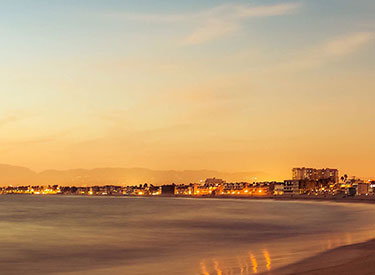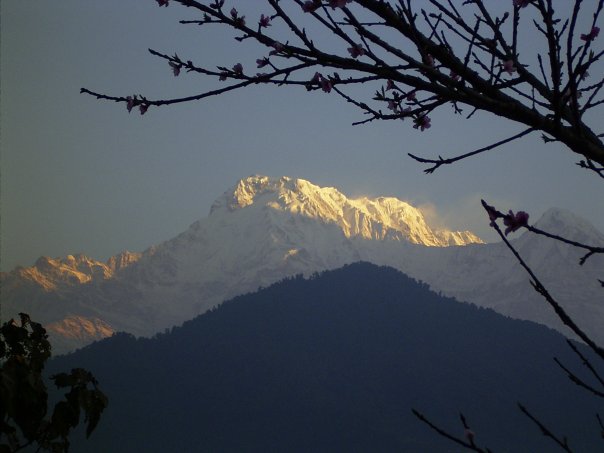


The Annapurna Circuit in Nepal peaks at 5,416 metres above sea level and crosses the highest trade route in the world. Walking between four and ten hours a day through clouds, landslides and along deteriorating rope bridges, this trek isn’t for the faint hearted. Call your personal travel manager or source one by clicking on the FIND A PERSONAL TRAVEL MANAGER button on this page and prepare yourself for an adventure.
The majority of tourists begin their journey at Besisahar, the capital of the Lamjung region inhabited by the largely Hindu communities that have settled in the subtropical region at the foot of the mountains. Many find the subtropical leg of the trek the most taxing, as monsoon rains regularly run consecutively for two weeks, washing away entire paths and previously high spirits. With the majority of villages running off extremely temperamental generators, it’s nearly impossible to dry wet clothes and boots.
After approximately five days of trekking through the leech invested subtropical regions of Lamjung and Myagdi, hikers finally break through the cloud line and emerge in the elevated Manang and Mustang regions. The fabled regions of Manang and Mustang are home to the majority of the exiled Tibetan community, who have lined the mountains with colourful Tibetan prayer flags and shrines engraved with Tibetic scriptures. Trekking through Manang and Mustang offers a glimpse of life in the heavily restricted region of Tibet, which has seen a wide scale ban on foreigners since the Chinese occupation.
Accommodation on the Annapurna trek consists largely of family homes converted into make shift hotels, often without power or running water. The variety of food available is understandably basic and Dal Bhat, branded ’24 hour power’ by the British Army, which consists of lentil soup, rice and curried potato is the staple enjoyed by the majority. Each family’s Dal Bhat is different and the carbohydrate heavy meal is perfect trekking fuel, it’s also traditional for the host to replenish Dal Bhat until the guest is fit to burst. If you’re lucky some menus will offer authentic Tibetan Momos and surprisingly tasty Yak.
Booking a guide as part of your arrangements can be advantageous as nobody understands the mountains quite like the indigenous people themselves, who offer first hand knowledge of the sacred traditions and rituals practised in the remote region, while being expertly placed to deliver knowledge on the safest routes.
Find out more from your local, personal travel manager. Visit http://www.travelmanagers.com.au/ptm-search/